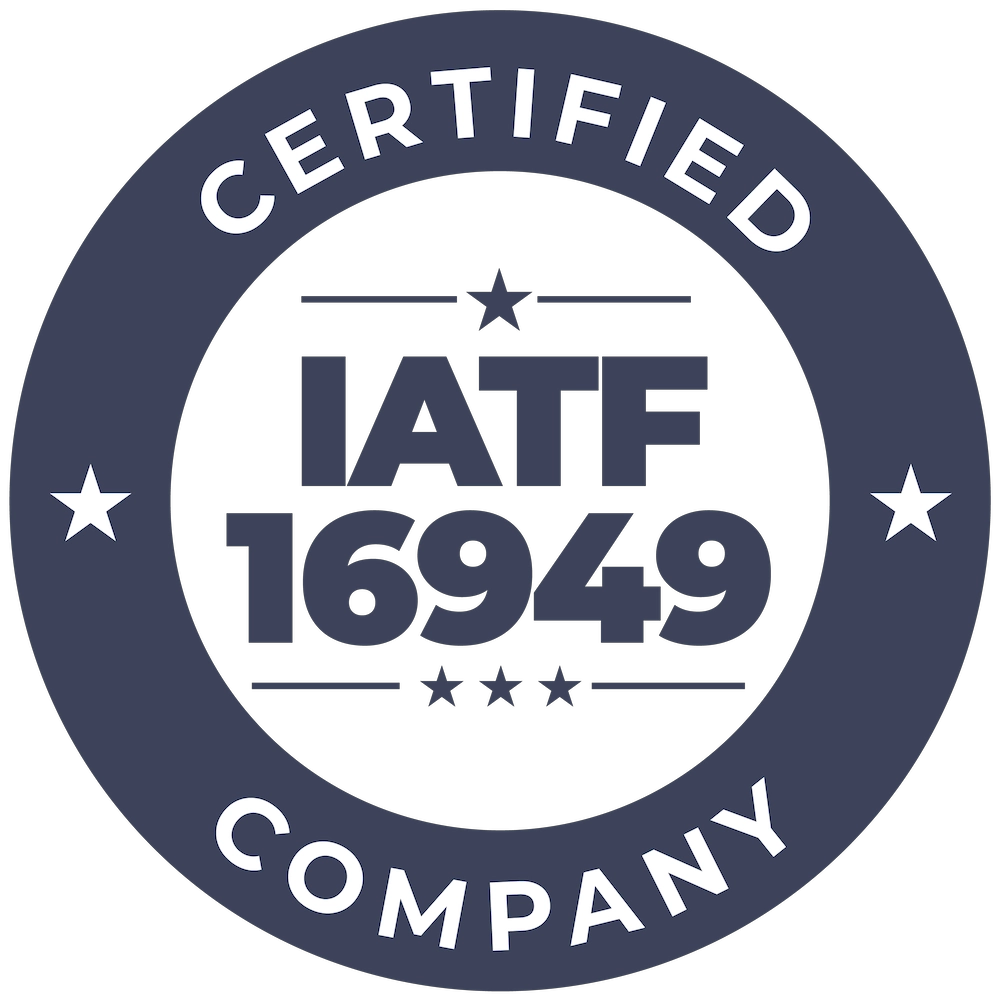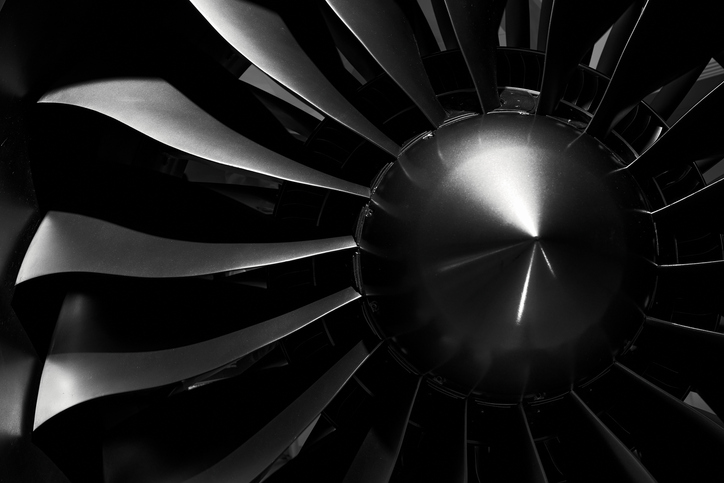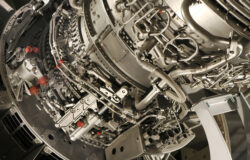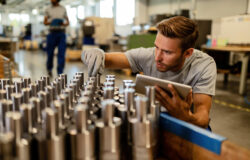Capable of supporting and powering incredible feats of engineering and advanced technology, metal components continue to be indispensable in the aerospace industry. The manufacturing of these parts, however, is no simple task. Beyond the specialized equipment and machining processes required by some aerospace metals, the quality, durability, and performance of a part ultimately come down to the material used to create it. Selecting the material with the right characteristics to withstand the conditions of a specific application is critical to the reliable and safe operation of the aerospace industry as a whole.
What Influences Material Selection in Aerospace Metals Manufacturing?
In the aerospace industry, material selection comes down to where and how the component will be utilized. Environmental conditions can vary drastically, and some metal parts may need to withstand extremely harsh conditions such as intense pressure or drastic changes in temperatures.
Some factors to consider are:
- Environmental conditions – Temperature, humidity, and exposure to corrosive agents are common in aerospace applications. Your selected materials must be able to withstand these conditions without performance degradation or part failure.
- Structural requirements – The structural and load-bearing demands of some aerospace applications can be intense. Selecting materials with superior strength and durability is essential for these situations.
- Manufacturing and fabrication – Some metals present more challenges in the manufacturing stages, requiring specialized methods or equipment. Knowing not only what a particular material can withstand, but also how to work with it, ensures that parts are manufactured without potentially devastating defects or variations.
A Comparison of Aerospace Metals: Advantages and Limitations
When selecting aerospace metals, engineers and manufacturers must balance the advantages and limitations of each material. Aluminum, titanium, superalloys, and steel all play significant roles in aerospace applications, but not every metal is suited for every situation. Each has its own set of advantages and limitations when it comes to practical use.
Aluminum
Aluminum is one of the most prevalent metals in the aerospace industry because it is lightweight, versatile, and offers corrosion resistance. With an exceptional strength-to-weight ratio, aluminum is ideal for managing the weight of an aircraft, significantly improving its fuel efficiency and carrying capacity. Aluminum is a popular choice for structural components, aircraft skins, wings, and fuselages.
One of the biggest limitations of aluminum, however, is its low melting point. This makes it a poor choice for applications where exposure to extreme heat is a necessity.
Titanium
Renowned for its strength, durability, and resistance to corrosion, titanium is absolutely critical to aerospace applications today. Significantly stronger than steel and lighter weight as well, titanium can withstand extreme temperatures at both ends and is extremely resistant to corrosion. It’s the go-to for many applications that expose parts to severe conditions, such as engine components, airframes, and joints.
The biggest limitation of titanium is the cost. The material itself is more expensive than other options and it presents some challenges during fabrication that may raise overall manufacturing expenses.
Superalloys
Superalloys are a class of metals that excel in extreme environments and high-performance applications. Composed primarily of nickel, iron-nickel, and cobalt alloys, superalloys exhibit the best characteristics of each metal for stiffness, toughness, mechanical strength, and resistance to creep and corrosion even at extraordinarily high temperatures. Superalloys are critical to the hottest parts of jet engines, including turbine blades, afterburners, and combustion chambers.
However, superalloys can be expensive to manufacture and heavier than either titanium or aluminum, limiting more widespread applications.
Steel and Other Metals
Other metals, such as steel, are less widely used in aerospace but they still play a vital role. Steel has the strength and durability to perform well in applications such as landing gear, hydraulic systems, and structural components that require high load-bearing capacity. Additionally, copper is still a popular choice for certain applications due to its conductivity, and nickel plays a vital role in applications that require exceptional corrosion resistance.
Take Advantage of Our Expertise in Aerospace Metals at OGS Industries
OGS Industries is an AS9100-certified provider of fabrication, stamping, and machining manufacturing solutions for the aerospace industry. Based in the U.S., we have the capabilities and facilities to meet your production needs with the highest level of attention to quality and efficiency. Whether you’re looking for plating, heat treating, coatings, or something more, we have the supplier relationships and government packaging to serve as your one-stop shop for aerospace metal parts.
Connect with our team today to get started or to request a free quote.










